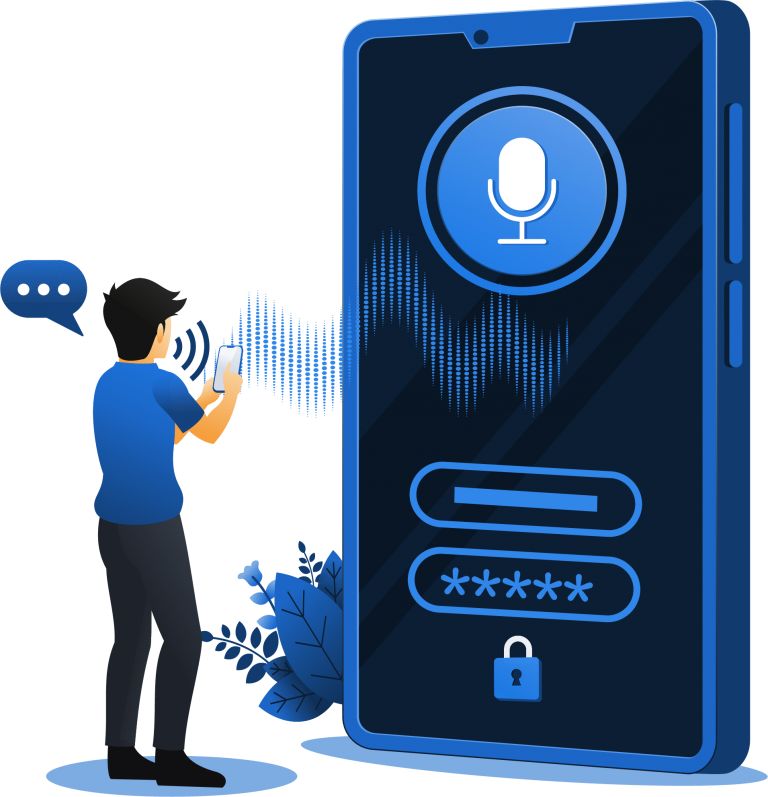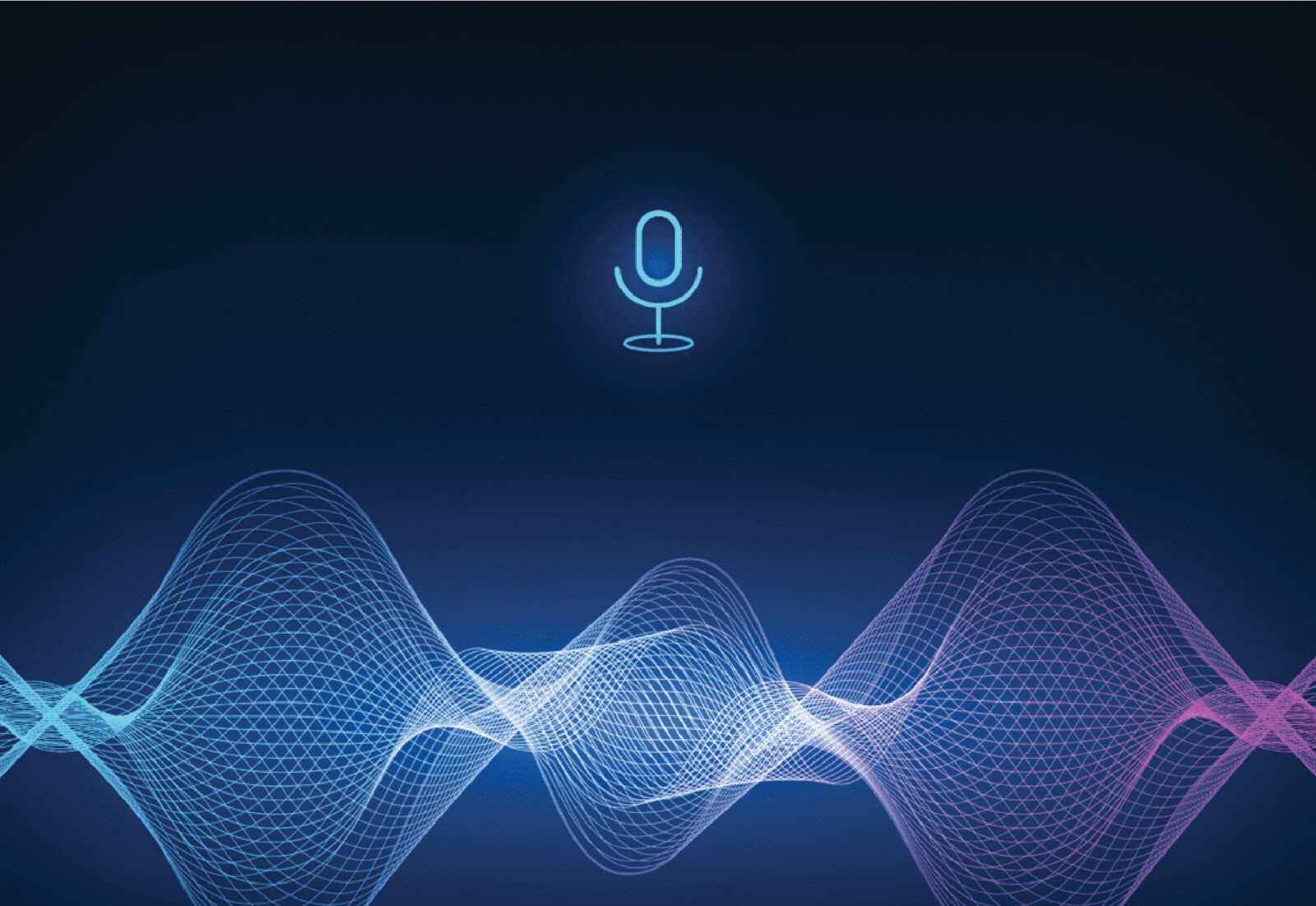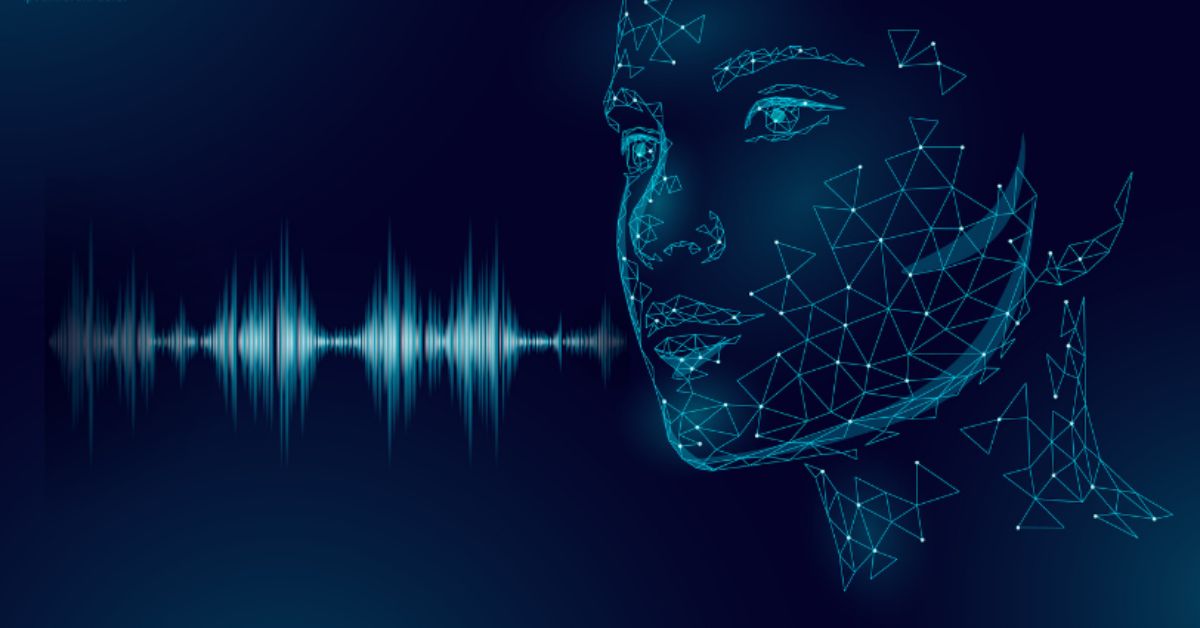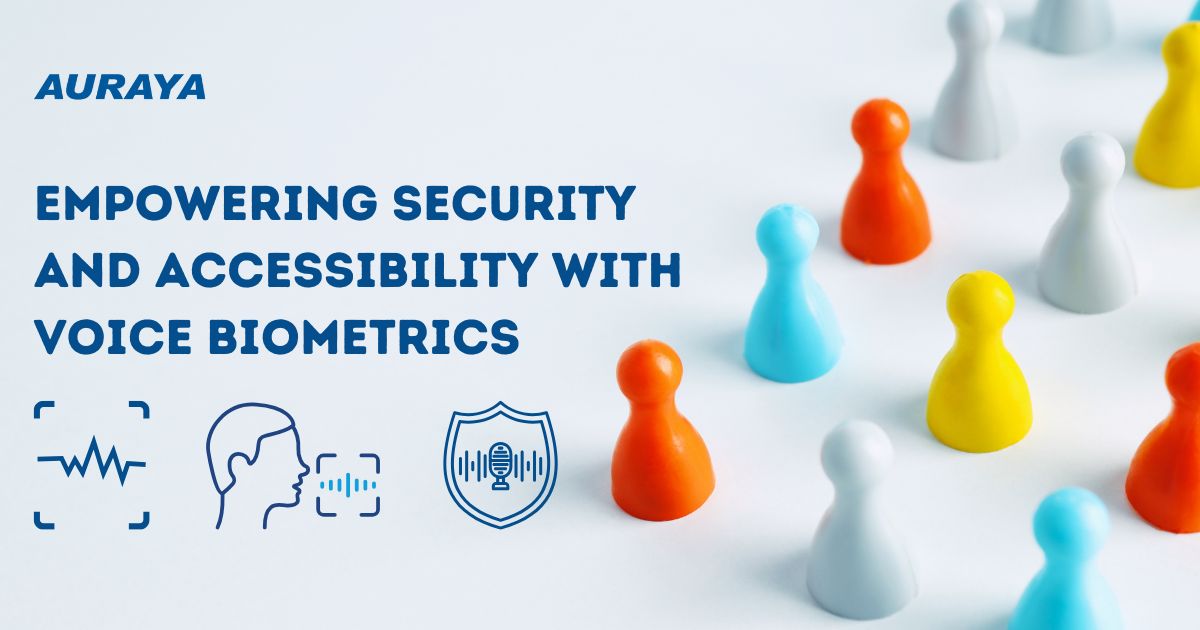A patient’s healthcare record contains important sensitive information. This information is used to inform healthcare professionals so that they can provide better outcomes for their patients. However, accessing health care records has always been a jarring experience. Some patients prefer not to share all their records between doctors and some may have difficulties accessing their health records or updating records. Visiting new health facilities may require you to disclose sensitive medical information again or transfer your records to that facility. Fortunately, with the implementation of electronic health records around the world, access and security of health records have improved significantly. For example, many countries, such as Australia, have a centralized system which handles health records, allowing patients to access their health records at any time and anywhere while being able to decide who can view their health records. However with every technology advance there can also be new security and privacy risks.
Protecting healthcare records with voice biometrics
According to Verizon’s 2020 Data Breach Investigations Report, 70% of data breaches were caused by outsiders with 86% of data breaches being financially motivated. These findings coupled with the fact that electronic health records hold a lot of sensitive patient information makes the healthcare industry a prime target for cybercriminals. As most health records are now kept electronically, if not secured properly, cybercriminals can steal sensitive patient information such as name, date of birth, address, credit card details, names and details of family members as well as health conditions. If this information is compromised it can be used against the victims for financial gain or other motivation.
The healthcare industry can mitigate the risk of data breaches by implementing more stringent security protocols. One way the health industry can increase security but reduce complexity for legitimate access is by using voice biometrics for secure and seamless access and sharing of health records. Biometric data are unique to each individual and when paired with multi-factor authentication, can create a robust security system. Auraya, a world leader in voice biometric technology, provides its next-generation voice biometric engine, ArmorVox and EVA its voice biometric extension for Amazon to organizations around the world.
With ArmorVox, healthcare organizations can implement secure and frictionless voice biometric security to protect patient confidential information.
Improving user experience
With ArmorVox, healthcare organizations can implement voice verification when accessing electronic health records, whether it is the patient accessing their health records or a healthcare professional viewing and updating the records. Voice biometrics provides more security than traditional outdated methods such as PINs and passwords and does not require the patients to share personal information via security questions to every healthcare professional or agent they first interact with. Not only does this mean that you won’t have to tell everyone your mother’s maiden name and social security number, but it also saves time for both the patient and healthcare professionals considering that the beginning of every interaction begins with verifying the patient’s identity using a series of security questions. This also means that in centralized healthcare systems, patients and healthcare professionals can use their voice as a form of Single Sign-On (SSO) to access the health records regardless of where and which platform they access it.
Outside of health records, voice biometrics can also improve security and privacy in other aspects of the healthcare industry. Organizations can implement voice biometrics for secure and swift patient verification in contact centers and in video conferencing for telemedicine.
How voice biometrics can improve security
As mentioned above, voice biometrics provide superior security when combined with multi-factor authentication. Multi-factor authentication involves an authentication process requiring two or more factors which could be something that you have, something that you know and something that you are. An example of this is when a patient attempts to verify their identity to access their health records online using their smartphone or PC (something they have) to say their customer account number (something they know) with their voice (something they are). This three-pronged approach significantly reduces the risk of a data breach attack as cybercriminals will need to have all three factors.
Further, unlike traditional security methods such as PINs, passwords and security methods, voice biometrics are unique to each individual and can not be simply copied or mimicked. Auraya’s voice biometric technology can protect organizations against synthesized or recorded playback voices via its machine learning algorithms and random challenges. This means that while healthcare systems with exposed PINs and passwords and without voice biometrics can leave a victim’s health record or account vulnerable, systems using voice biometrics can still keep it secure from data breach attempts.


























































